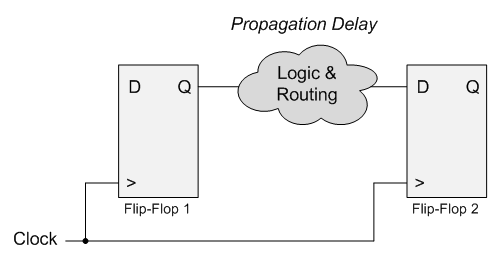Junus2012
Advanced Member level 5
Hello,
I am reading the data sheet of TLV9022 comparator from Texas Instruments,
I can't understand or correlate how the comparator has fast rising and falling time of 3 ns each, while its toggle frequency is only 3 MHz for the same test condition of overdrive voltage
Thank you

I am reading the data sheet of TLV9022 comparator from Texas Instruments,
I can't understand or correlate how the comparator has fast rising and falling time of 3 ns each, while its toggle frequency is only 3 MHz for the same test condition of overdrive voltage
Thank you

